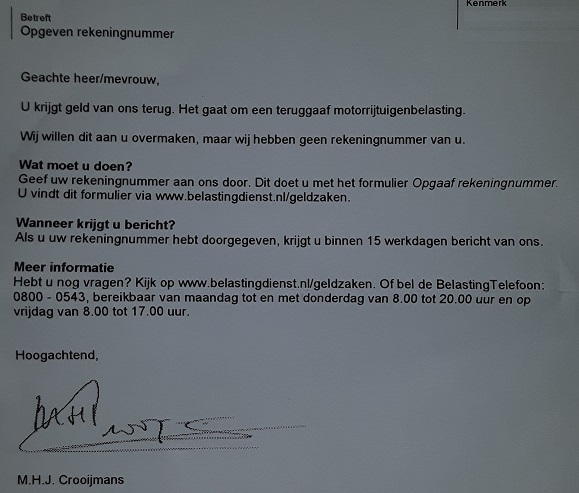Waiting for a bridge to close on my way home today, I realized there is a class of technology of which we see only a little bit in our daily lives. I’m not thinking of devices we don’t see at all, underground or secret installations or such, but machines of which the bit we see and use is only the tip of the iceberg.
Most technology is self-contained, of course. A computer, a cell phone or a car are wysiwyg, volume- and size-wise: the visible part is the whole gadget (never mind the supporting infrastructure; I mean the part we actually use). But with iceberg technology, that’s not the case at all. Take an elevator car, for example. It seems to be simply a self-contained box hanging from a cable. But last weekend my girlfriend fiancee and I were in the elevator going up to our roof terrace, when she remarked that a huge part of the elevator door had to slide outside the boundaries of the elevator car when it opened. Not only that; there must also be some kind of mechanism driving the opening and closing of the door.
All at once, to form a realistic mental image of the elevator, I had to literally think outside the box.
And what of bridges (by which I mean those bridges with moving parts for letting water traffic through)? The bridge I mentioned at the beginning is crossed by thousands of cars, cyclists and pedestrians every day, but all they get to see is a huge door-like slab of road that articulates along a line perpendicular to the road. No one ever sees the huge counterweights that sink into chambers below the road as the bridge lifts.
And if that’s not sufficiently iceberg-like to convince you, think of those modern luxury underground parking systems. The user drives through an automated door, parks on a platform, and gets out. The device opens its maws and swallows the car whole, and no one ever gets to witness what, exactly, happens after.
Am I the only one both disturbed and excited by this world of hidden technology?
